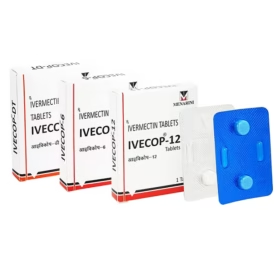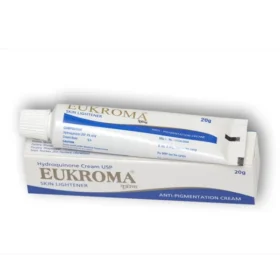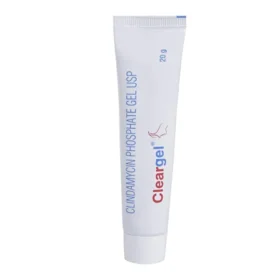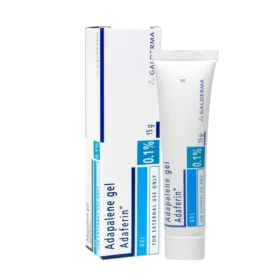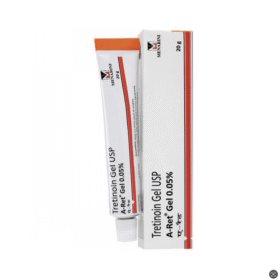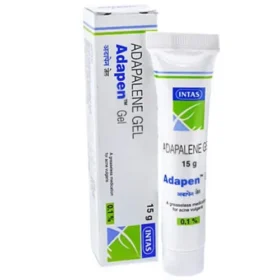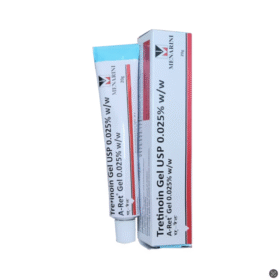- Your cart is empty
- Continue Shopping
Product
Ivermectin Cream
Price range: $110.00 through $350.00
Ivermectin Cream is a prescription topical treatment widely recommended for managing rosacea and skin conditions caused by mites. It helps reduce redness, inflammation, and bumps, while offering relief from skin irritation. Applied once daily, it is easy to use and backed by medical research from trusted health authorities like Mayo Clinic, FDA, and PubMed. Common side effects include mild irritation and dryness, but most users tolerate it well. Consult your healthcare provider before use. A proven solution for clear and healthier skin.
Ivermectin Cream is a topical prescription medication commonly used for the treatment of skin conditions such as rosacea and certain parasitic infections. It works by reducing inflammation and eliminating mites that may contribute to skin irritation. For more information about skin treatments and clinical details, you can explore trusted medical resources like Mayo Clinic, Drugs.com, and FDA.
Key Benefits & Uses
-
Helps reduce redness and bumps associated with rosacea.
-
Provides targeted action against skin parasites like Demodex mites.
-
Anti-inflammatory properties soothe irritated skin.
-
Easy-to-apply topical formulation for daily use.
-
Backed by clinical studies published on PubMed.
For deeper insights into skin care and treatment methods, you may refer to WebMD and Healthline.
How to Use
-
Apply a thin layer of Ivermectin Cream once daily on affected areas.
-
Gently rub until absorbed.
-
Use regularly as directed by your healthcare provider.
-
Do not use on open wounds or broken skin.
For detailed guidelines, consult your doctor or visit the World Health Organization (WHO) recommendations.
Important Safety Information
-
For external use only.
-
Keep out of reach of children.
-
Avoid contact with eyes, mouth, and mucous membranes.
-
Inform your healthcare provider if you are pregnant, breastfeeding, or have sensitive skin.
-
Store at room temperature away from direct sunlight.
Learn more from reliable health authorities like the FDA and Mayo Clinic.
Common Side Effects
-
Mild skin irritation
-
Burning or stinging sensation
-
Dryness or redness of the skin
-
Itching at the application site
If side effects persist or worsen, consult your healthcare professional. More details are available at Drugs.com and Healthline.
Why Choose Ivermectin Cream?
Ivermectin Cream is trusted worldwide for its effectiveness in treating rosacea and skin parasite infections. Backed by regulatory approvals and clinical research, it provides a safe and effective option for long-term skincare. Its once-daily application ensures convenience and consistent results. To explore scientific reviews and medical guidelines, visit PubMed and WHO.
Additional Information
| Size | 3 Pack, 6 Pack, 9 Pack, 12 Pack |
|---|


